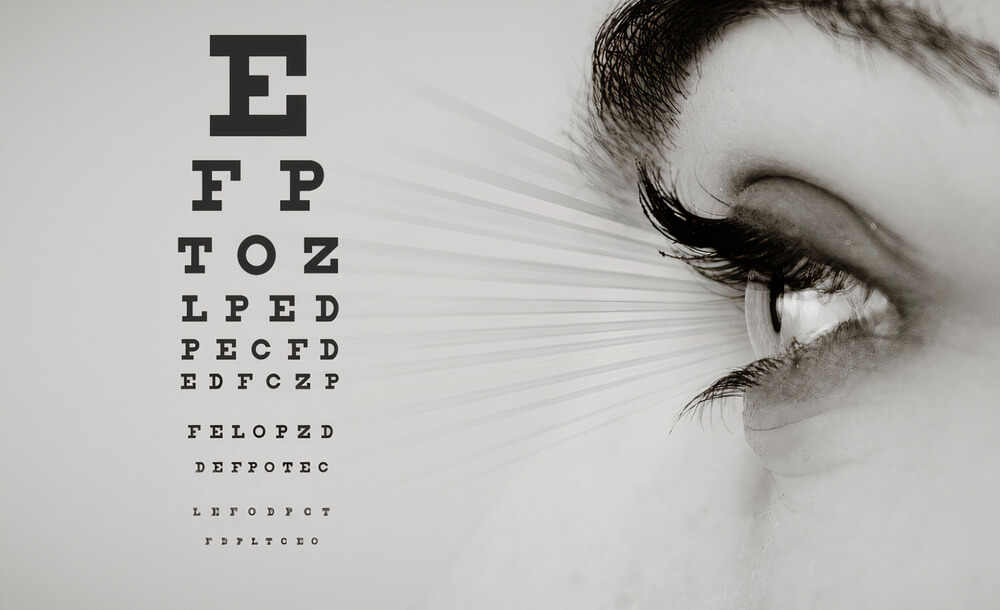Risk factors of myopia

There are multiple risk factors of myopia, which were linked to the incident of myopia and its progression.
Outdoor activity
Growing evidence suggest that outdoor activity plays significant role in protecting the eye from incidence of myopia and delaying its progression. A study by Sherwin et al. found that increasing outdoor activity have a protective role with myopia and can even lessen the risk of having myopia.
Activities that require excessive near work conditions like reading, and long hours of working on screens is considered important risk factors for developing myopia.
Ethnicity
One of the most risk factors for incident and progression of myopia, as in Asian ethnicity which show high prevalence of myopia in comparison to other ethnic groups. A study by Hyman et al. showed that in comparison to Asian ethnicity, African Americans have lower myopia progression rate.
In a study conducted by the national health and nutrition foundation, founded that myopia prevalence were more in non-Hispanic whites with 35.2%, while in non-Hispanic blacks were (28.6%), and in Mexican Americans (25.1%).
Age
Diagnosing myopia refraction error on early age is a risk factor for developing a high myopia degree, and fast progression of myopia later in life.
Family history
Studies showed that if only one parent has myopia, this increases the risk of having myopia in early age, this risk jumps to six folds in case of both parents have a refractive error. Being a child of a myopic father is also a risk factor for developing degenerative or pathological myopia.
Gender
There is no confirmative data for specific sex predilection in myopia, but a survey by the national health and nutrition examination found that; men have lower prevalence than females in the general populations. Another study found that; females have more speed progression of myopia than males in the general populations.
Environmental risk factors
Recent studies suggest that environmental risk factors can be linked to the diagnosis of myopia, but these factors need more studies and investigations. From these factors:
-
- Increasedmaternal age during pregnancy
- Excessive smoking during pregnancy
- Feeding the newborn artificial milk instead of breastfeeding
- Educational achievements are thought to be one of environmental risk factors positively associated with incident and progression of myopia
- Studies suggest that diet has a strong impact on eye health and has a role in the incident of refraction error


